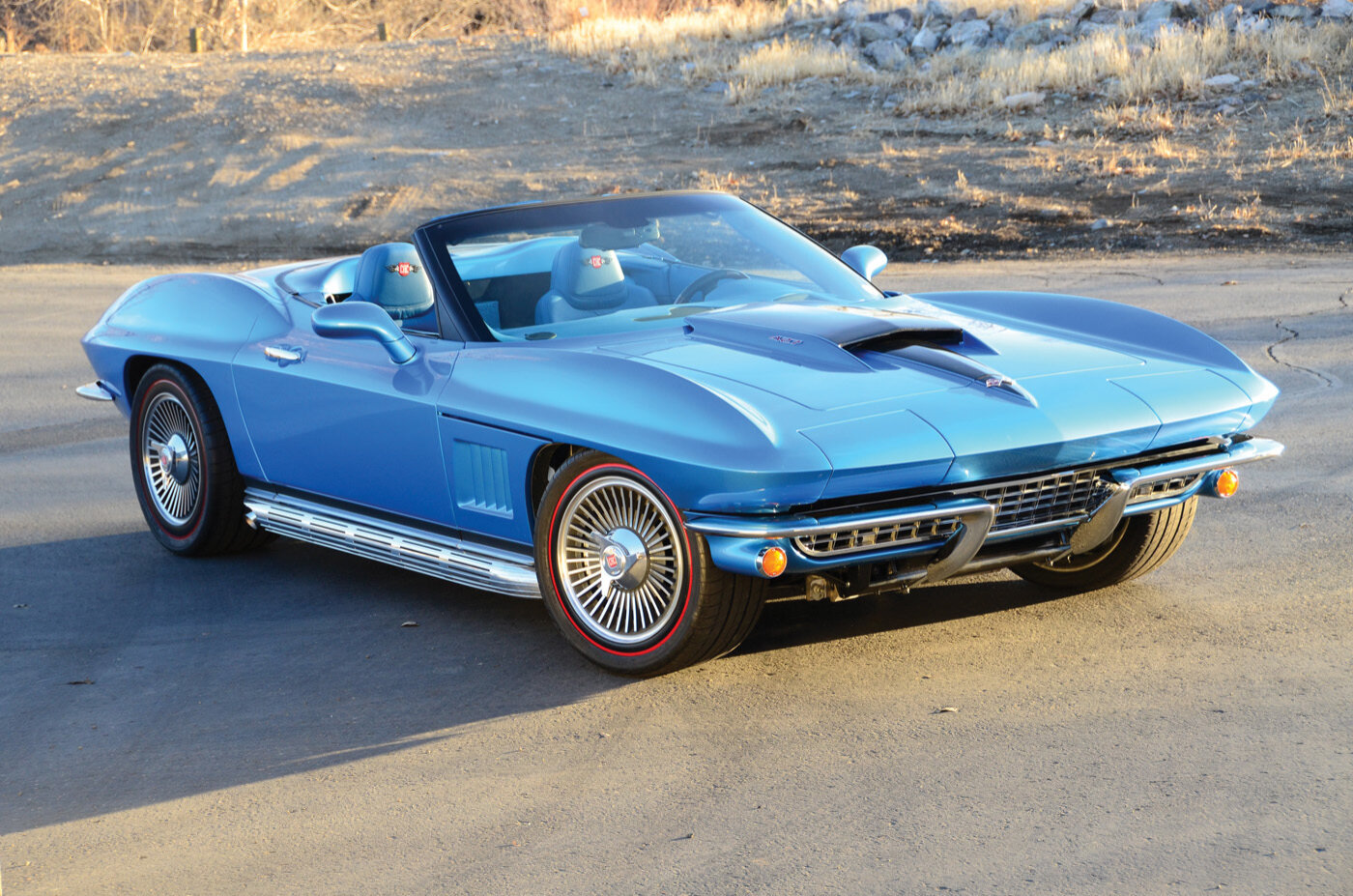
CRC Corvette Re-body
Story and Photos by Steve Temple
When you’re the head honcho of a successful plastics company, it only makes sense that you’d favor a car with a body made of composites. But Warren Tripp of Tripp Plastics wouldn’t settle for just any old fiberglass. He prefers the more exotic stuff, such as in this CRC (Classic Reflections Coachworks) Corvette, a 2013 model restyled to look like a ’67 Mid-Year — yet laid up with a special kind of carbon fiber. More about that shortly. First, though, a bit of background on how this unusual combination of “something old, something new” came about.
Like many great endeavors, Doug Graf founded CRC by accident, while pursuing his automotive hobby back in 1993. He built the very first CRC model on a ’93 Anniversary Corvette, modifying the chassis to fit under a stock ’62 body. Based on reactions at various car shows, he realized he had hit a nerve, as Corvette enthusiasts love that classic look, but prefer a newer chassis and drivetrain setup. While many custom restomods have been done over the years, usually by fitting a new LS engine and C4 or C5 suspension into an older chassis, Doug eventually took a different approach. Instead of putting newer parts into an older chassis, he chose to reconfigure the classic body so it lines up with a newer chassis.
Looking to make a big life change, he sold the family business and CRC became a retirement project of sorts, building just a couple cars per year in his garage. But after a three-year design process, he found a surprising demand for his innovative concept. It’s now available in three body-style eras: the ‘58-’60, ‘61-’62 and the ‘67 roadster. (Tripp owns one of each model.) All CRC models are convertibles and can only be built using a convertible donor car, either C5 (’98 to ’04) or C6 (’05 to ’13) models.
Rather than offering fiberglass body panels that are attached by the customer or an outside vendor, (and are prone to cracking and crazing), CRC’s conversion is a precision carbon fiber product handled only in-house. Designed by digital computer scanning and modeling, the initial molds were developed with assistance from Boeing Phantom Works, but are now handled at a CRC facility in Seattle.
CRC’s body conversions use a type of carbon fiber called SPRINT CBS supplied by Gurit, shipped frozen from England. The material is a combination of carbon fiber and E-Glass layers sandwiched around a precast, pre-catalyzed resin core. Unlike conventional prepregs, SPRINT fibers remain dry and uninfused by the resin until the curing process. According to CRC, this configuration gives the materials outstanding breathability, high strength and achieves autoclave-quality laminates from vacuum-bag processing.
In addition, with CBS a surface film is applied in the molds before laying the carbon fiber material, which
prevents print-through of the pattern or weave. After the vacuum-bagging process and high-temperature cure, the parts are treated with a Spies Hecker primer and paint system, which has been developed for use on this material, all to ensure a smooth finish. Some of the chrome trim is chromed carbon fiber as well, such as the headlight rings and trunk spears on the ‘58 model and the bumpers.
With this body conversion method, which takes a couple months to install, OEM options that come with the donor Corvette (supplied by the customer) remain intact when the conversion is complete. For instance, if it has a power top, it will remain a power top; if there is navigation you still have navigation; and factory gauges will still be factory. CRC does not alter or replace any of the interior unless requested in an upgrade order, which Tripp opted for, adding custom upholstery in the cockpit.
Otherwise the mechanicals are all factory, with a stock 7.0-liter LS7 mated to a six-speed, plus manual traction control and composite monoleaf suspension. Another indication of the car’s contemporary character is the Stinger hood’s exposed spear of carbon fiber. On the other hand, the aftermarket wheels have retro-style fins and spinners. While the overall look is clearly not an exact replica of a ’67 Corvette, it certainly captures the flavor of the Mid-Year era, but without any of its drawbacks. So the “classic reflections” are there, but in a modern mirror.

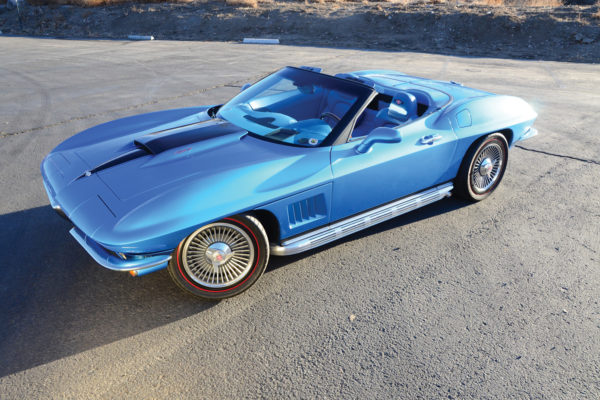
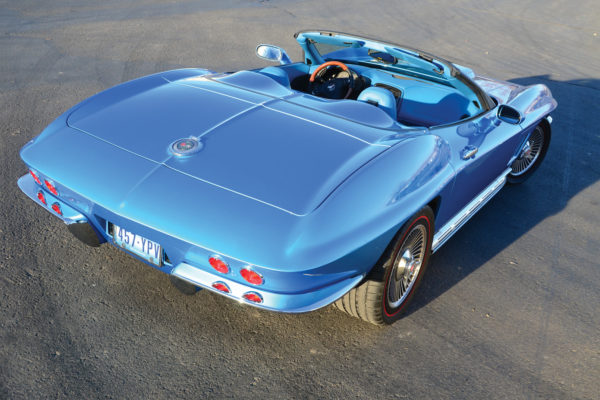
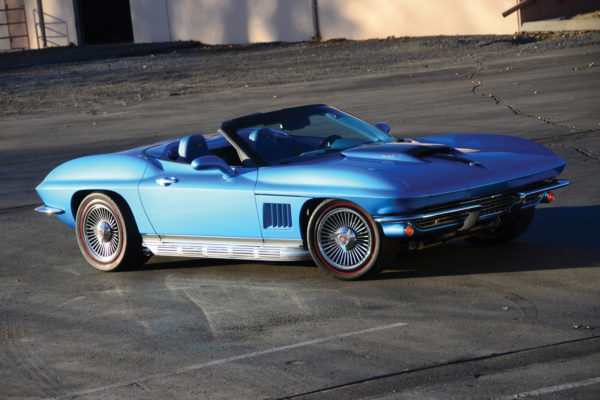
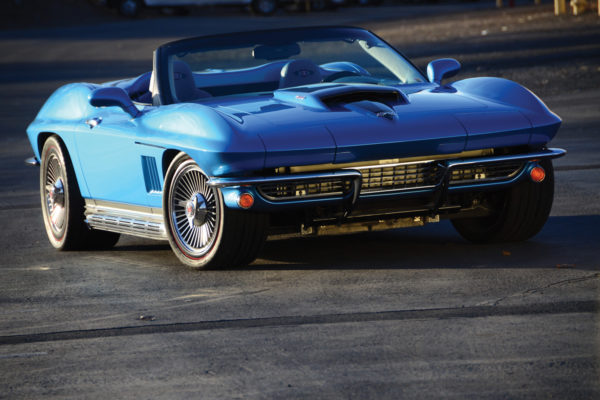
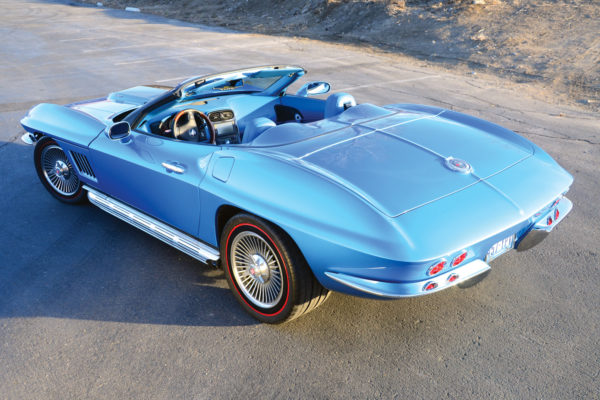
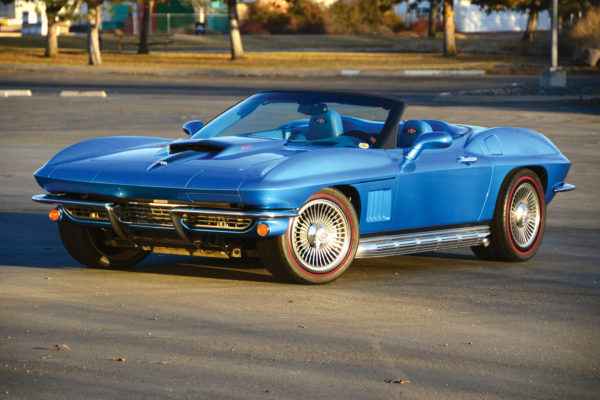
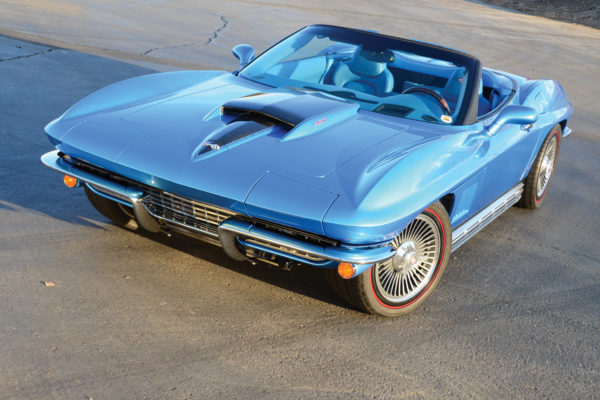
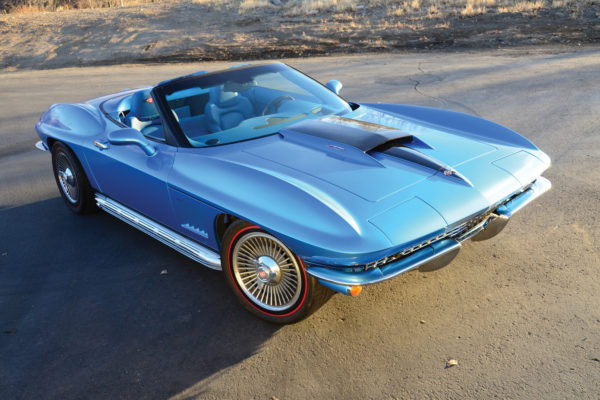
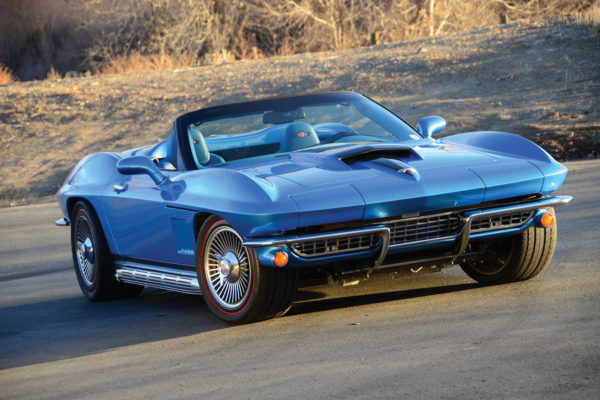
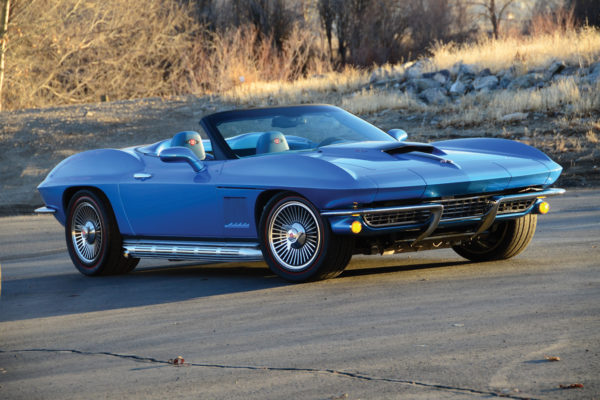
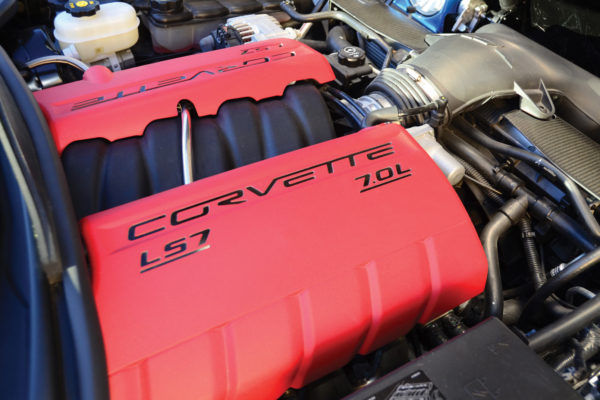
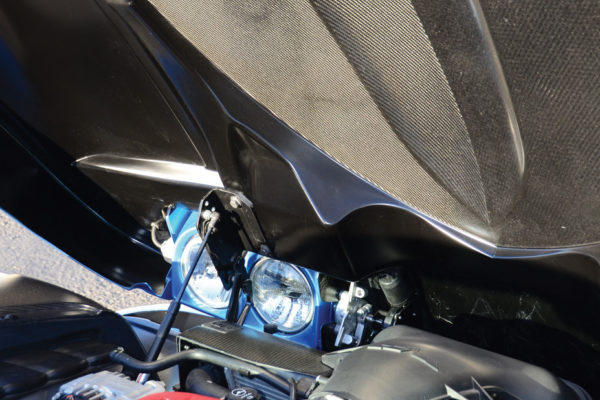
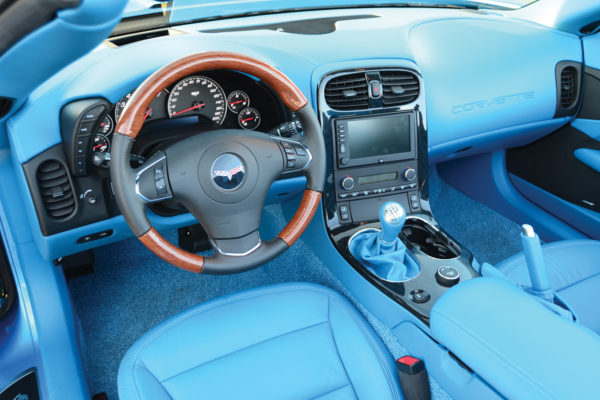
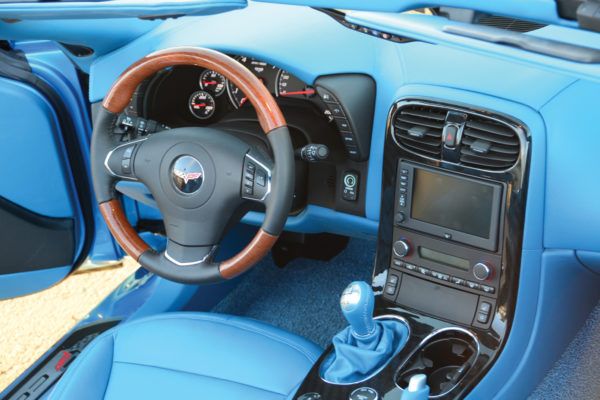
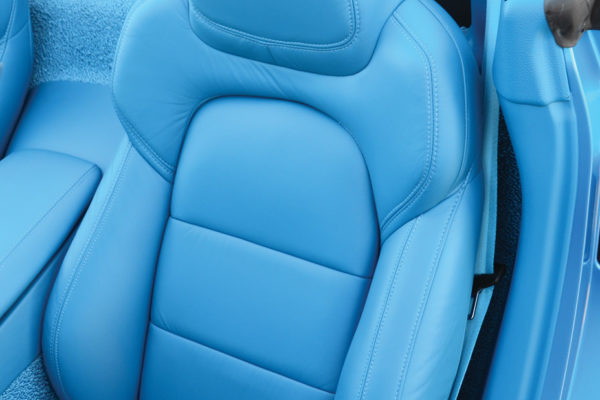
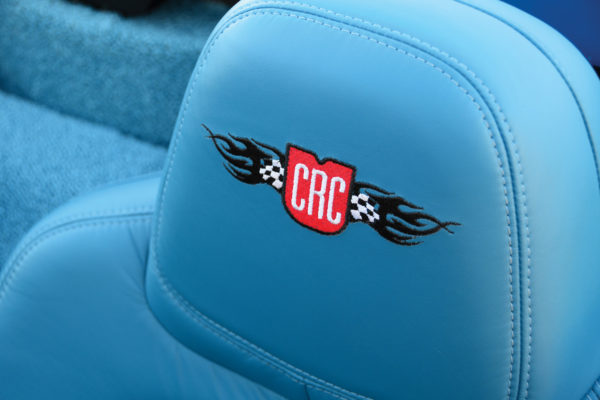
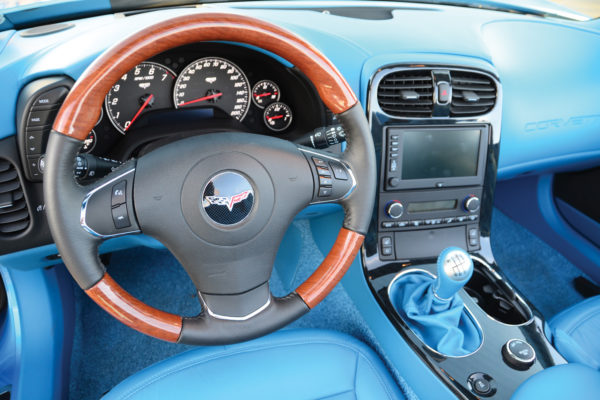
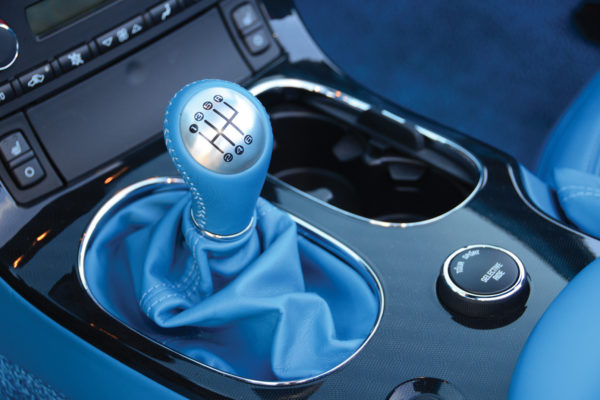
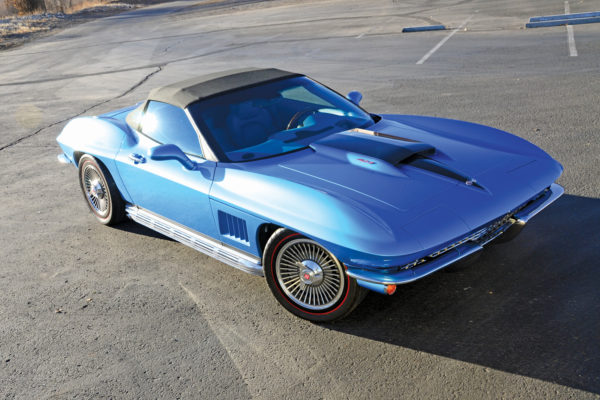
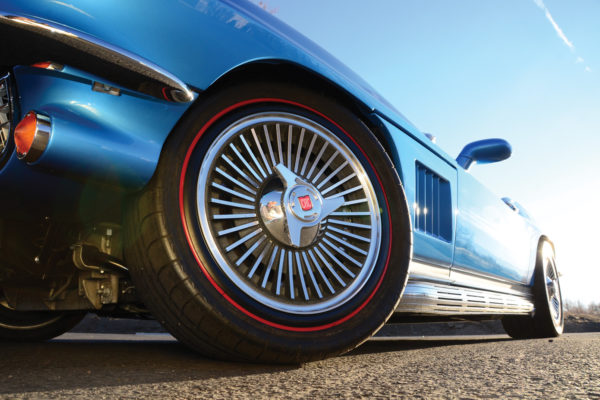
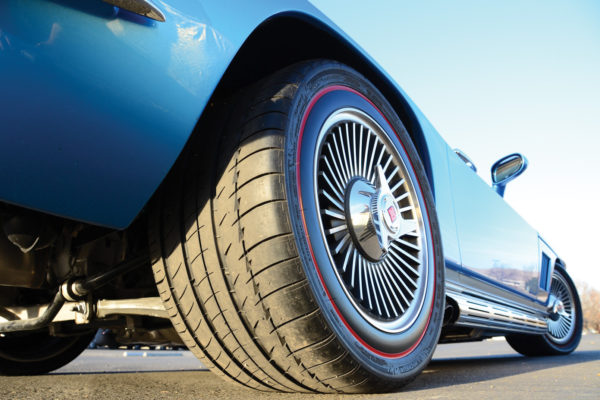
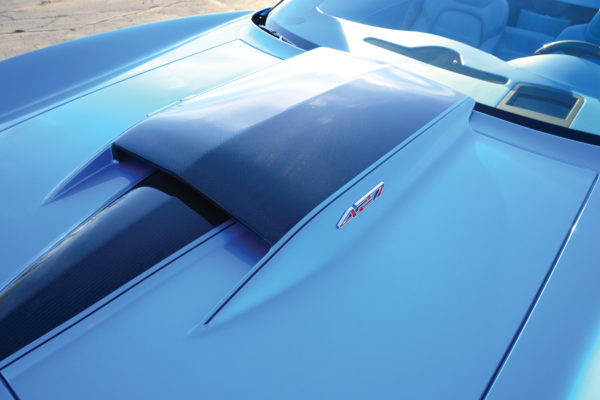
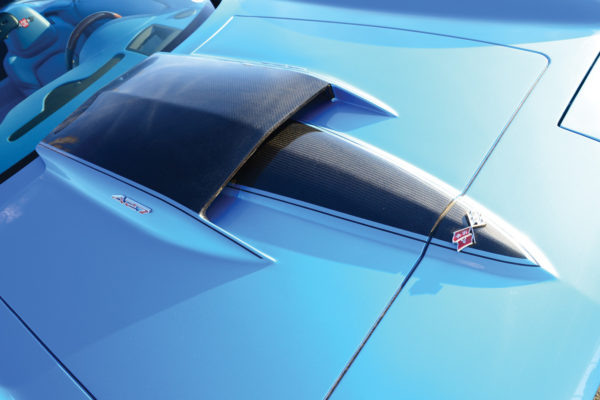
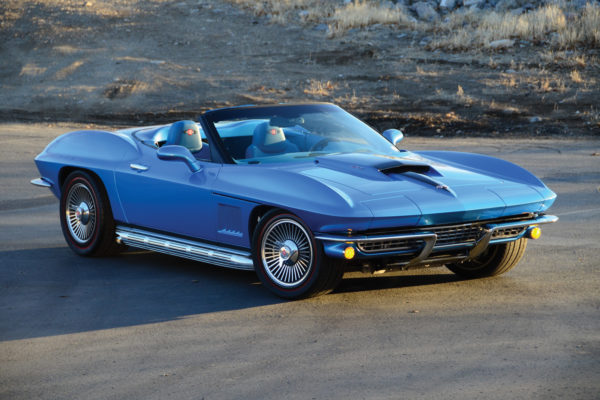
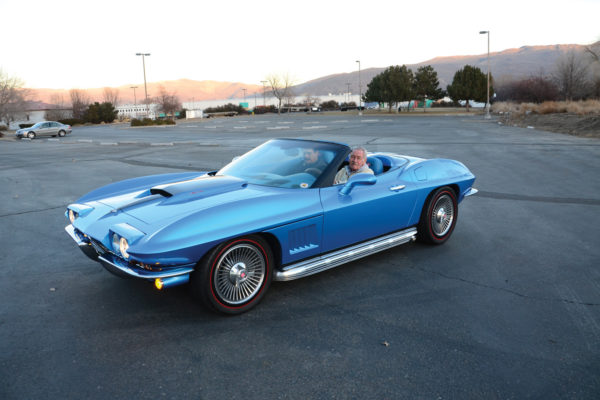
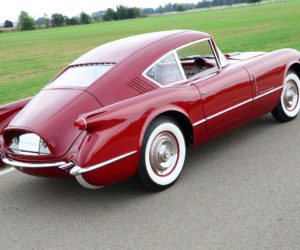
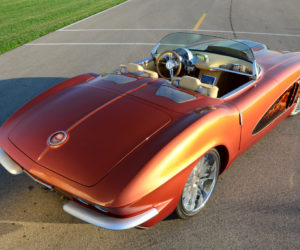
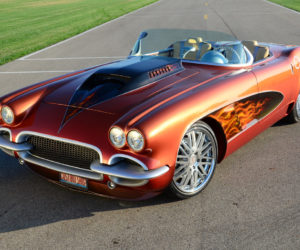
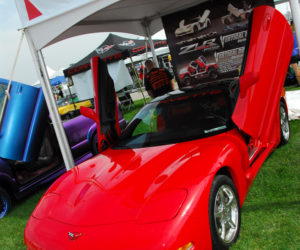
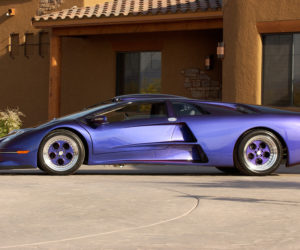
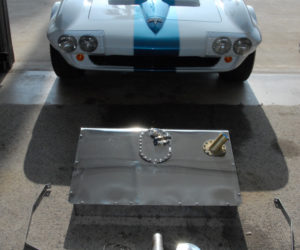




Comments for: Carbon Corvette
comments powered by Disqus